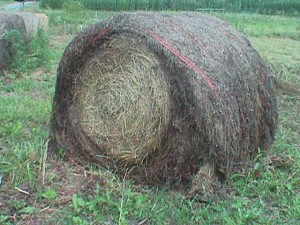– Stan Smith, OSU Extension PA, Fairfield County

Cost has not been a deterrent . . . consumers want high quality beef!
Beef cattle educational programs planned for early in 2020 have been designed to help Ohio cattlemen take full advantage of what’s expected to be continued strength in the beef cattle sector throughout the coming year.
Despite total U.S. beef production being up in 2019 over last year, demand for beef remains strong. While the progress with recent trade agreements certainly bodes well for prices, much of the strength in demand domestically is for high-quality beef as indicated by a weekly Choice-Select spread that has averaged $22.84/cwt. since June, compared to $12.09/cwt. for the same period last year.
Over this decade, cattlemen have made significant progress in the quality of the product we’re producing. While the industry averaged 61% Choice and 3% Prime in 2010, we’re ending this decade with 71% of our cattle grading Choice and 8.5% Prime . . . and it’s still not enough!
As we enter a new decade, Ohio’s cattlemen have several opportunities this winter to explore ways to meet the demands we’re seeing for more high-quality beef. Realizing that genetic choices and nutrition management during gestation not only impact the odds of birthing a live calf, but also the odds of that calf eventually grading Choice or Prime, these far reaching programs will be of value to both cow/calf and feedyard owners. Make plans now to attend as many of these sessions as possible.
January 20, 2020, 6 p.m., OSU Animal Science Building, Columbus Campus.
OCA Cattlemen’s Academy; focusing on bull selection, nutritional management of the prepartum cow, calving facilities, determining calf presentation and calving assistance techniques.
January 29, 2020, 6 p.m., Luckey Farmers Inc. main office in Sandusky Co.
Ohio Beef Cattle Management and Nutrition School session #1; focusing on Continue reading Programs Explore Producing Live Calves, Resulting in High-Quality Beef


